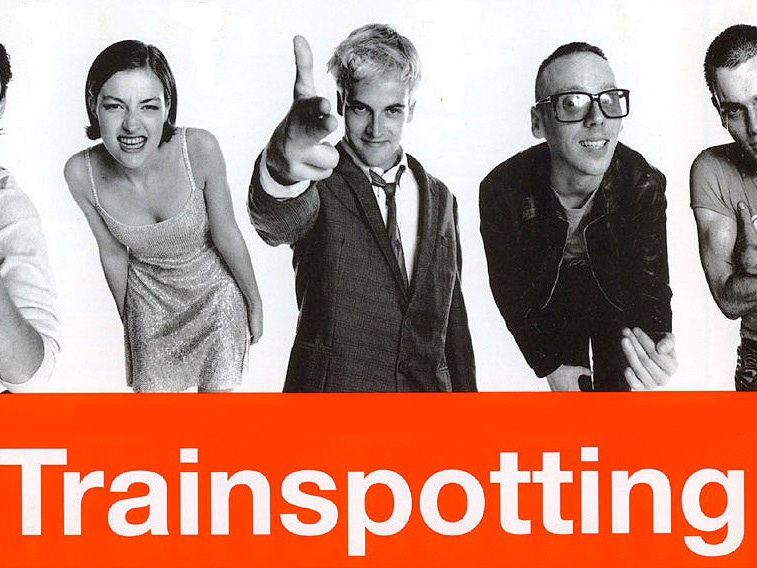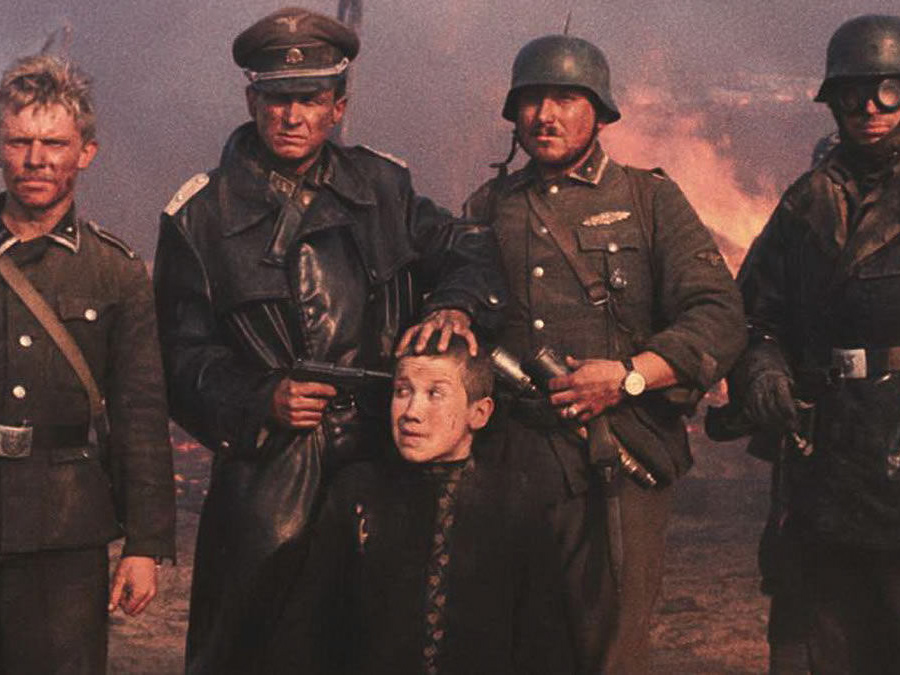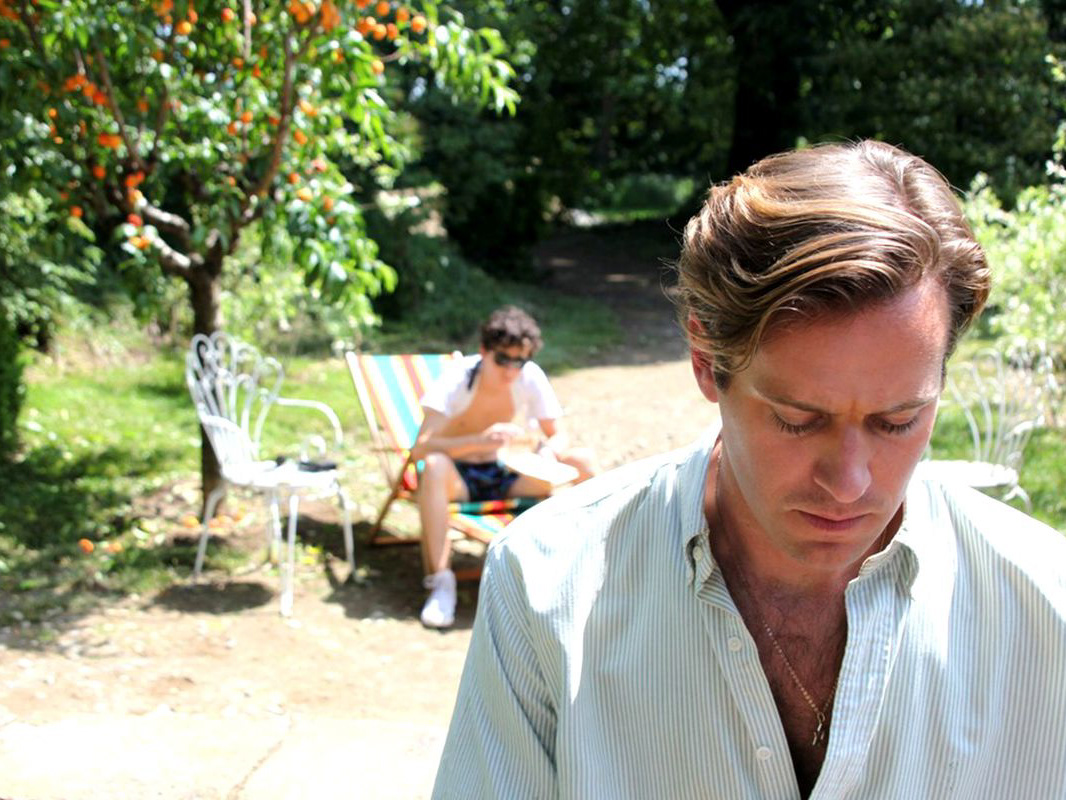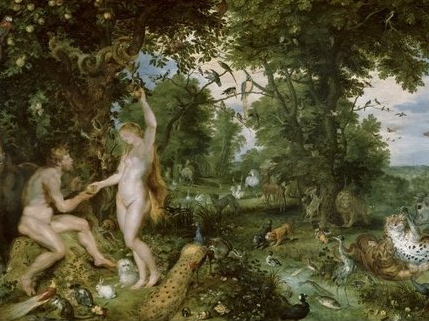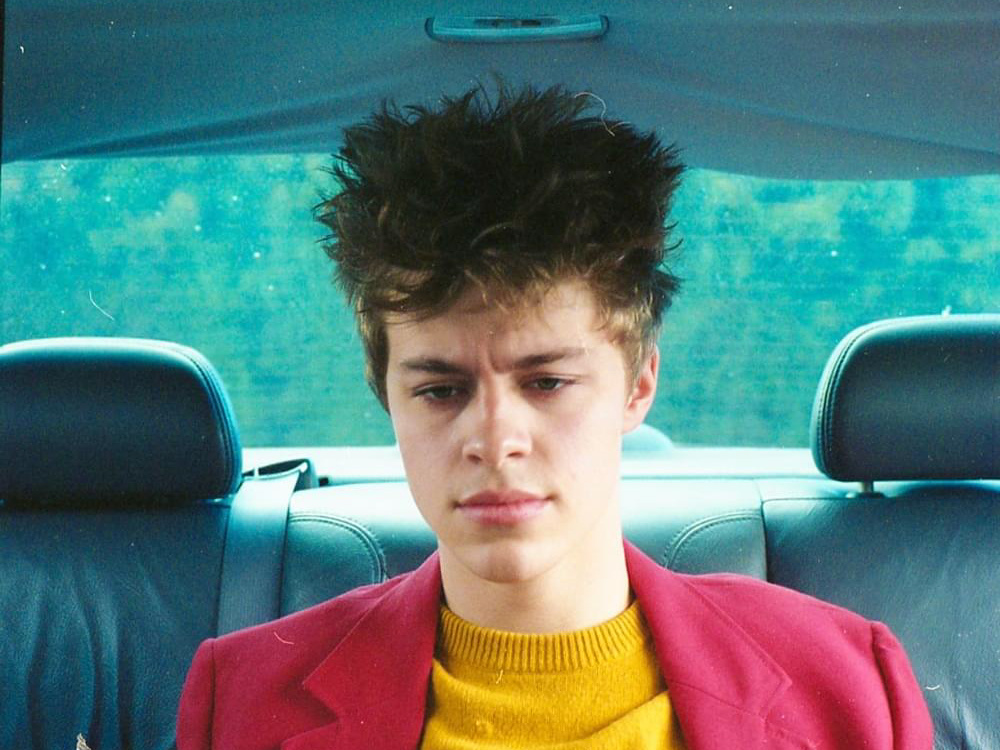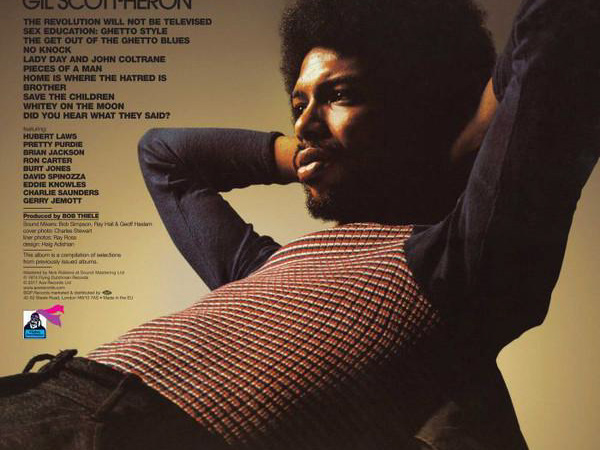Move Poster for Lars Von Trier's "The House Jack Built" (2018)
When I initially watched this film yesterday, I immediately knew I wanted to write about it. But I didn’t have much time, so I simply wrote a condensed review on Letterboxd. Some points from that review will be interlaced within this essay.
Introduction
The House That Jack Built (2018) is a film Written and Directed by Lars von Trier starring Matt Dillon. Lars Von Trier is a Danish director who has been making films since 1984, according to his IMDb. His first film garnered international attention with its “highly distinctive blend of film noir and German Expressionism [in addition to] stylistic nods to Dreyer, Andrei Tarkovsky and Orson Welles” (Lars Von Trier, IMDb). He is known for his amazing cinematography, sometimes unsettling characters, and inventive narratives. On Rotten tomatoes, his highest score is a 93% for the 2012 film Side by Side and his lowest rating is a 33% for his 1987 film Epidemic. Epidemic came out the same year as Elem Klimov’s Come and See, considering how amazing that film was, I’m sure every other non-Hollywood cash grab had a difficult time competing.
I have seen 4 of von Trier’s films, which all happen to be his most recent films: Melancholia (2011), Nymphomaniac: Vol. I and Vol. II (2013), and The House That Jack Built (2018). The latter of which this essay is about. One thing I have noticed about his films is that the characters often have some sort of internal conflict, whether it be a mental illness of some sort or being in denial about the end of the world approaching. I suppose you could say that’s just good writing, but it’s usually not a standard conflict the characters have, rather, it’s a much grander one. He also seems to enjoy analyzing society in one way or another. This film has both of those elements.
Still from Lars Von Trier's "The House Jack Built" (2018), Simple
Summary
I will try my best to quickly summarize the film. It starts off with a narration between Jack and an unknown person named Virgil. Jack explains that he is going to tell him about 5 incidents in no particular order. The first incident shows Jack, played by Matt Dillon, driving somewhere on an empty road when a woman, played by Uma Thurman, with a flat tire waves him down to ask for help. He very clearly does not care to help her, but does it anyways since she is so persistent. While he drives her to a repair shop, she keeps saying ridiculous things such as: saying that he looks like a serial killer, suggesting where he could hide her body and saying that her tire jack could “do a lot of damage.” He takes her to the shop and she begs him to take her back to her car. Her tire jack breaks again and she again insists that he take her to the repair shop. On the way there, she states, “you know, I take it all back, what I said earlier about you looking like a serial killer. No, no, no, you don't have the disposition for that sort of thing. You're way too much of a wimp to murder anyone” (The House That Jack Built, IMDb). And immediately, he kills her with the jack. He takes her body to an empty freezer that he bought. This is his first kill.
As the film progresses, we just learn about more of the atrocities Jack has committed and little insights into his life as well. We find out someone in his family died and left him with a huge fortune. Also, that he is an engineer, but always wanted to be an architect, hence why he is obsessed with building a house on his new property. He has OCD, he grew up in a small town, and he is a psychopath. It all climaxes near the end of the film when he scrambles to find a full metal jacket bullet in order to kill around 6 men at the same time. While scrambling, he kills a “friend” of his, kills a police officer and almost gets caught by another police officer, until a strange man appears in the corner of the room. The man reminds him of the house he wanted to build stating something like, you said it was the material that was the reason for all of your failed attempts, why don’t you use this material? While motioning to the countless lifeless bodies within the freezer. And that’s exactly what he did, Jack built a house out of his victims.
We find out the man is Virgil, who turns out to be Jack's guide to Hell. The whole narration of the story up until this point has been a conversation between the two of them on their way to there. Virgil begins to guide him after he builds the house and they escape through a hole in the ground. Once they get to Hell, his hubris leads him even further to his own demise. He tells Virgil that he wants to know everything, so Virgil basically gives him a tour of Hell. They hadn’t even gone that far before he permanently messed up his eternity. Virgil showed him the lake of fire, stating that “there used to be a bridge [there], but that was before [his] time,” and insisted that that area was not where he was supposed to drop him off, he was supposed to go a few rings up. And yet, Jack stayed there. He asked Virgil where the stairs on the other side led to and if he could scale the wall to get there. Virgil said that it went up and that he wouldn’t suggest scaling the wall. Jack went against his suggestion and tried to scale the wall anyways and ended up falling deep into the pits of Hell (The House That Jack Built, Lars Von Trier).
Still from Lars Von Trier's "The House Jack Built"(2018), the descent to Hell
Film Analysis
Aesthetically speaking, this was a beautiful film. Some of the scenes looked pretty standard, but the ones that were more out of the ordinary were astounding. Such as “the extreme long shot from a birds eye view of the family Jack Killed with the crows, the long shot of 'the house Jack built', and long shot that looked like a literal Renaissance painting, when Virgil and Jack were on the boat to hell. These were all amazingly composed, disturbingly beautiful shots” (Divi Ikpe Reviews, Letterboxd). Likewise, some of the imagery on their descent to Hell was surprisingly similar to some of the imagery in the 2014 film by John Erick Dowdle "As Above, So Below". In that they went underground though catacomb-like caves in order to get to the underworld and the further down you went, the closer you got to hell.
Still John Erick Dowdle's from "As Above, So Below" (2014)
There were a lot of jump cuts, repeated imagery and repeated music as well. There was one particular clip of a man playing a song on the piano in a minor key from another film that would constantly recur throughout the film. Another repeated visual was Jack standing in front of his red van in an alleyway, holding up signs that related to the narration. Those scenes reminded me of ones from the 1990 Michael Verhoeven film, "The Nasty Girl". Probably because they both break the realism and remind the viewer that they’re watching a film. That actually happens quite often throughout this piece, von Trier clearly intended on making a piece of art and not a simple recreation of our world.
In regards to the story, “I like that there would be a period of narration then shortly after, a long, uncomfortable scene that seemed drawn out at first glance, but in reality was supposed to make you feel unsettled, uncomfortable and uneasy. There was a good build up to the third act, when we saw Jack slowly losing more and more [of his] sanity” (Divi Ikpe Reviews, Letterboxd). All of the acting was amazing and the score was quite fitting as well. This film had virtually no flaws.
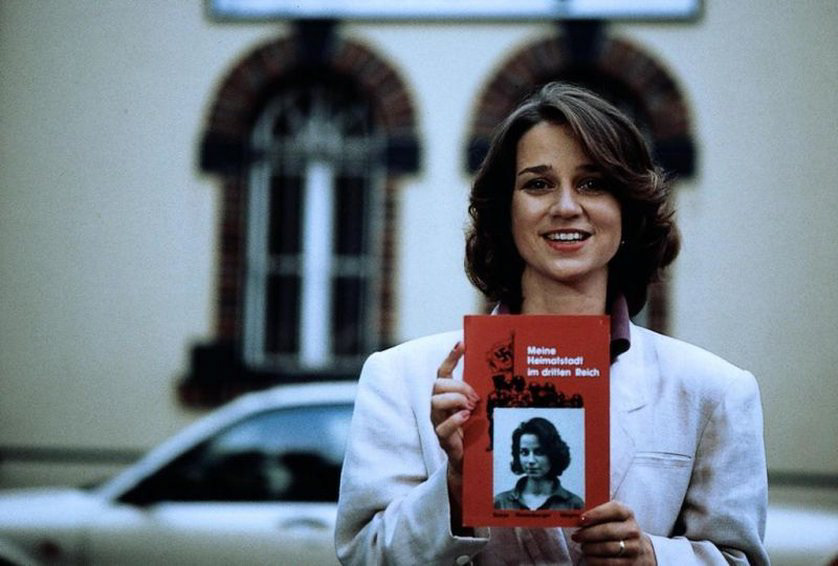
Still from Michael Verhoeven's "The Nasty Girl" (1990)
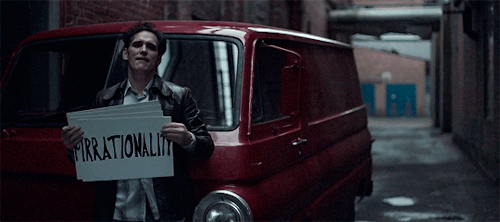
Gif from Lars Von Trier's "The House Jack Built"(2018)
Mental Illness
As I mentioned earlier, in the film, Jack struggles with OCD and Psychopathy. These conditions are portrayed in surprisingly accurate ways. We find out about his OCD in the section of the film labeled, “Incident #2.” In this scene he very poorly, lies his way into this woman’s house and then attempts to choke her to death. I say attempts to because he had a hard time with it, since he didn’t know how long to suppress her breathing for it to actually work. So he ends up stabbing her as well. When he stabs her, of course blood gets everywhere, so he begins to do an extreme deep clean of the room. When he finishes, he goes back into his car to leave. But as he’s in the car, he imagines an unrealistic area where blood could be hiding, gets out of his car to check the area, then cleans it again. Then he goes back into his car to leave and it happens again. Over and over and over again, he obsesses over checking and cleaning and checking and cleaning even though there’s nothing there. He’s there for so long that a police officer arrives and he makes up some unbelievable story as to why he’s there. He would obsessively clean his car as well. But eventually, the focus on cleanliness decreased while his focus on murder increased, to the extent where he became obsessive and compulsive about murder instead.
Although this is an abnormal scenario, the depiction of OCD is quite accurate. People with OCD become obsessed with doing a particular thing, in his case cleaning and murder, and get compulsions to do it over and over and over again. They often either have a specific amount of times they have to do the thing or they only stop what they're doing because of someone else's interference.
Still from Lars Von Trier's "The House Jack Built"(2018), practicing emotions
Likewise, in the film, we get a flashback to Jack’s childhood and in the flashback we see him cut off one foot from a baby duck then put it back into the water all mutilated. This is a real thing that signifies psychopathy. A good sign as to whether or not someone is a psychopath is if they tortured or murdered animals when they were children. Also, we see him as an adult with different facial expressions taped to the wall next to his mirror. He stands in front of the mirror practicing the different expressions. This is also an accurate representation of psychopathy. Psychopaths lack empathy and the ability to show other emotions as well, yet are very charismatic, narcissistic, and manipulative. They always think they are the smartest person in the room. He exemplifies all of these traits.
On the negative side, you could argue that it’s bad that films often portray psychopaths and sociopaths as serial killers, but they're not completely incorrect. All serial killers are in fact psychopaths, but not all psychopaths are serial killers. Usually they may have a position of power, like a CEO or something of that sort. But generally speaking, most psychopaths aren’t intentionally as dangerous as films depict them to be.
Still from Lars Von Trier's "The House Jack Built"(2018), Incident #1
Narcissism and Misogyny
Towards the middle to end of the film, Virgil points out to Jack that all of the women in his accounts sound unintelligent and asks if he thinks all women are stupid, if he fells supirior to them and Jack says no. He states that, they are simply more cooperative and easier to kill.
In this conversation, Jack denies the suggestion that he thinks he is superior to women yet his actions say otherwise. In the film, he states that there was really only one woman he loved but when he tells the story, we see him treat her like complete trash. He refuses to call her by her name until he’s about to kill her and instead always refers to her as “Simple.” Likewise, he constantly demeans her by calling her stupid, objectifying her, manipulating her and gaslighting her. He says a disturbing, incel-like monologue, right before he mutilates Simple, about the injustice of being born male:
“You know, there is something that has been bothering Mr. Sophistication for quite a bit. And perhaps it's more interesting to him than it would be to you. But to be honest, he's pretty fucking pissed when he thinks about it. Why is it always the man's fault? No matter where you go, it's like you're some sort of wandering guilty person without even having harmed a simple kitten. I actually get sad when I think about it. If one is so unfortunate as to have been born... male, then you're also born guilty. Think of the injustice in that. Women are always the victims, right? And men, they're always the criminals” (The House That Jack Built, Lars Von Trier).
That quote pretty much says it all. Even though he denies feeling superior to women, he clearly carries some sort of contempt towards them. Every story that Jack tells Virgil, except for one, is about a woman. Seeing that he has such a warped view on gender relations and other societal issues, it makes you wonder how accurate and trustworthy of a narrator Jack is. How do we know that we can trust his depictions of women, or anyone for that matter, when he clearly has no respect for anyone else?
He’s so much of a narcissist that he confesses to his murders out loud multiple times because he knows no one will believe him. He encourages Simple to scream when he’s about to kill her because he knows no one will come to help her. He shoots a police officer because he knows he’ll get away with it. He screams at Al (who works at the gun shop) for refusing to sell him actual full metal jacket bullets, and builds a house made of corpses as the police are literally knocking the door down, to name a few examples. He even gave himself a serial killer name; he calls himself “Mr. Sophistication”...it doesn't get more narcissistic than that.
Still from Lars Von Trier's "The House Jack Built"(2018), in Hell
The Afterlife, Icons, and What Constitutes Art?
Jack did seem to have some sort of belief in an afterlife but not in a traditional sense. He tried to make his art seem more authentic than fictional pieces of art by stating, “Some people claim that the atrocities we commit in our fiction are those inner desires which we cannot commit in our controlled civilization, so they're expressed instead through our art. I don't agree. I believe Heaven and Hell are one and the same. The soul belongs to Heaven and the body to Hell” (The House That Jack Built, IMDb). This perspective is interesting because in the end of the film, his physical body was indeed on the journey to Hell and entered Hell as well. But it makes you think, as he fell into the lake of fire and solidified his damnation, was his soul in Hell for eternity as the Christian faith believes it would be? Or was his contrasting theory correct? We’ll never know the answer to that, but perhaps it is meant to be open ended for our own interpretation.
Aside from his belief in an afterlife, Jack did not appear to be a religious man in any way, instead he appeared to be far from it. He stated to Virgil, “Religion has ruined human beings, because your God teaches people to deny the tiger in themselves.” He said that the lamb exists merely to be eaten by the tiger, yet the lamb got to live on in art. He used nature as a metaphor when dealing with human beings, because to him, humanity was at times too fragile and in order to keep a balance in nature, someone has to be the hunter and someone has to be the prey.Likewise, he viewed his victims as the lamb and himself as the tiger. And after each death, he would photograph the corpse in a variety of positions. That, other than his desire to do architecture, was his form of art. He emphasized his intrigue with, not the finished, developed photo, but the negatives instead due to the “dark light.” He said that when the colors are inverted, they show the truth. When he tried to explain this to Virgil, he simply belittled Jack, until Jack said: “don't look at the acts, look at the works.” Which brings to question, what counts as art? (The House That Jack Built,IMDb).
Still from Lars Von Trier's "The House Jack Built"(2018), the family
To him destruction is as much of an art form as construction is. He raved about German dive bombers during WWII and the ingenuity behind the design of planes being able to strike fear into whoever was in their path due to the loud sirens attached to them. Virgil asked if he thought they were masterpieces and he replied that no, he instead considered them to be iconic. He thought every awful dictator was an icon since they caused so much destruction in the world. Virgil, his literal guide to hell, was disgusted by that remark. Although this does further explain why he believed murder to be a form of art, since it is an inherently destructive thing. He even went as far to compare murder to “sublime artworks hidden away in the darkest corners [of old cathedrals] for only God to see” (The House That Jack Built,IMDb). Jack was trying to push the narrative that murder is a beautiful and destructive force that it is too often overlooked. Which is definitely a problematic take, but he is a problematic character.
Lastly, he was very focused on the idea of “the noble rot” as both a beautiful aspect of nature and an underrated art form. He thought that life was at it’s best after death, once the organic material began to rot away and decay, creating a new form of organic material. This goes back to his belief of destruction being the ultimate form of art.
Still from Lars Von Trier's "The House Jack Built"(2018), in the freezer
Conclusion
In conclusion, This film, although dramatized, does a good job of displaying mental health accurately aside from demonizing psychopaths, as psychological thrillers often do. It also showcases how narcissism and misogyny can affect someone’s view of the people and world around them. It shows how the concepts of religion, art, and icons can be perverted by someone who sees the world as a film negative instead of a developed photo. Your understanding of society, along with your inability to do true self-reflection and and overwhelmingly self-indulgent attitude affect your perspective on life, your worldview and how you treat other people. I guess I’ll leave you with this question:
Do you consider destruction to be a valid form of art?
Bibliography
1. The House That Jack Built. Directed by Lars Von Trier. IFC Film, 2018. Film. 2 hr., 35min.
2. “The House That Jack Built.” IMDb. IMDb.com, October 4, 2018. https://www.imdb.com/title/tt4003440/.
3. Ikpe, Divine F. “Divi Ikpe's Reviews.” Divi Ikpe's reviews • Letterboxd, July 7, 2020. https://letterboxd.com/yungdfaith/films/reviews/.
4. “Lars Von Trier.” IMDb. IMDb.com. Accessed July 8, 2020. https://www.imdb.com/name/nm0001885/.
5. “Lars Von Trier.” Rotten Tomatoes. Accessed July 8, 2020. https://www.rottentomatoes.com/celebrity/lars_von_trier.

